Affiliate links on Android Authority may earn us a commission. Learn more.
Windows on Arm in 2020: An ecosystem finally worth buying into?
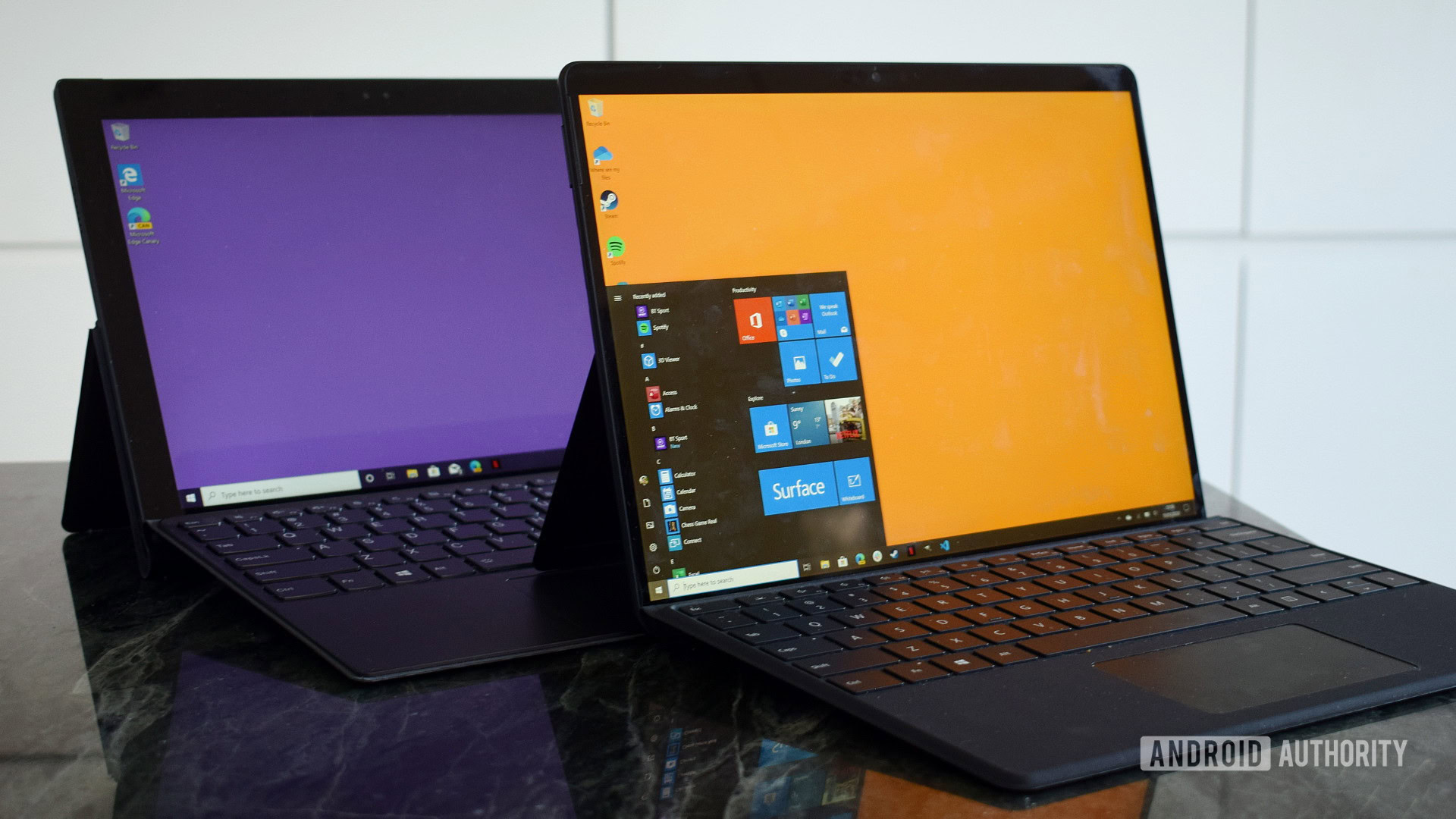
I know, we’re an Android website, but I find the ongoing transition in the PC space from traditional to mobile processors too fascinating to ignore. By which, of course, I mean Microsoft’s mission to support Windows on Arm, with the aid of Qualcomm providing the chips.
Microsoft’s Surface Pro X is the latest high-end PC to sport an Arm-based processor, along with integrated 4G LTE connectivity. I’ve been using one on and off for about a month for work, which has given me a pretty good insight into how well Windows currently works on Arm hardware.
Our very own Gary Sims has a full review of the Surface Pro X which you can read here. I will be using the device as a reference a fair bit, however, as it details the current state of Windows on Arm very nicely.
What is Windows on Arm?
Windows on Arm simply means running Microsoft’s Windows 10 operating system on Arm architecture-based processors. Historically, Windows ran on the x86 architecture, such as processors from AMD and Intel. As such, the operating system and applications are all compiled to run using x86 and x64 machine-code and so won’t run on any other platform.
Windows on Arm is a big change for the Microsoft ecosystem. Windows-based devices now reap the benefits of the more power-efficient Arm architecture. To do this, Windows and Microsoft applications compile natively for Arm. Third-party Windows applications can also compile for Arm, although many legacy apps are yet to embrace the platform. Fear not though, Windows 10 Arm emulates x86 applications with very decent performance. x64 emulation is in the works but isn’t expected to arrive until 2021.
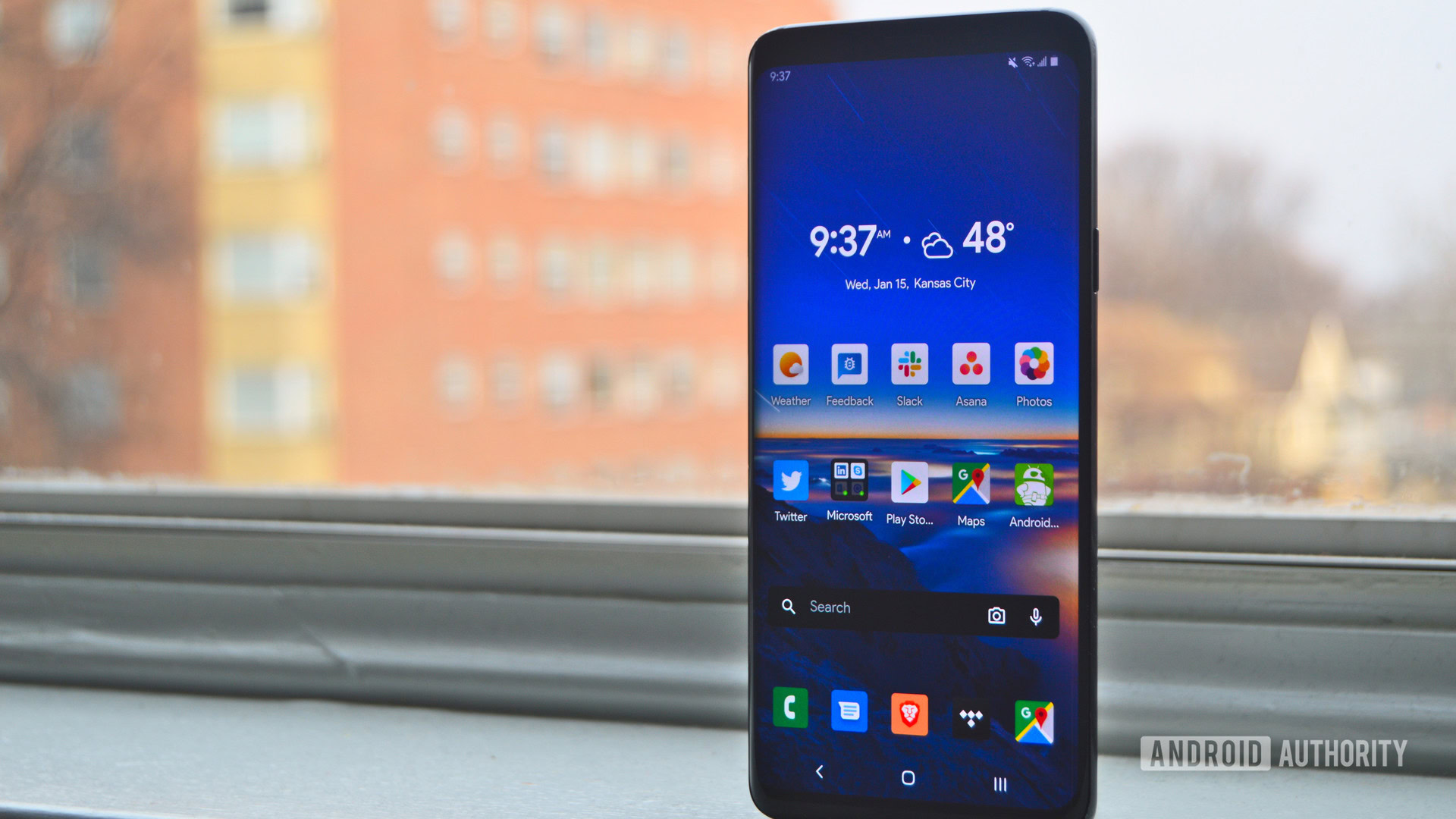
The bottom line is that Windows on Arm aims to bring the complete Windows ecosystem and experience to Arm-based devices. That includes the added benefits of Arm’s power efficiency for longer battery life and the always-connected capabilities of mobile chips. To do this, Microsoft needs silicon partners building Arm processors. Qualcomm is, currently, that partner.
It started with the Snapdragon 835
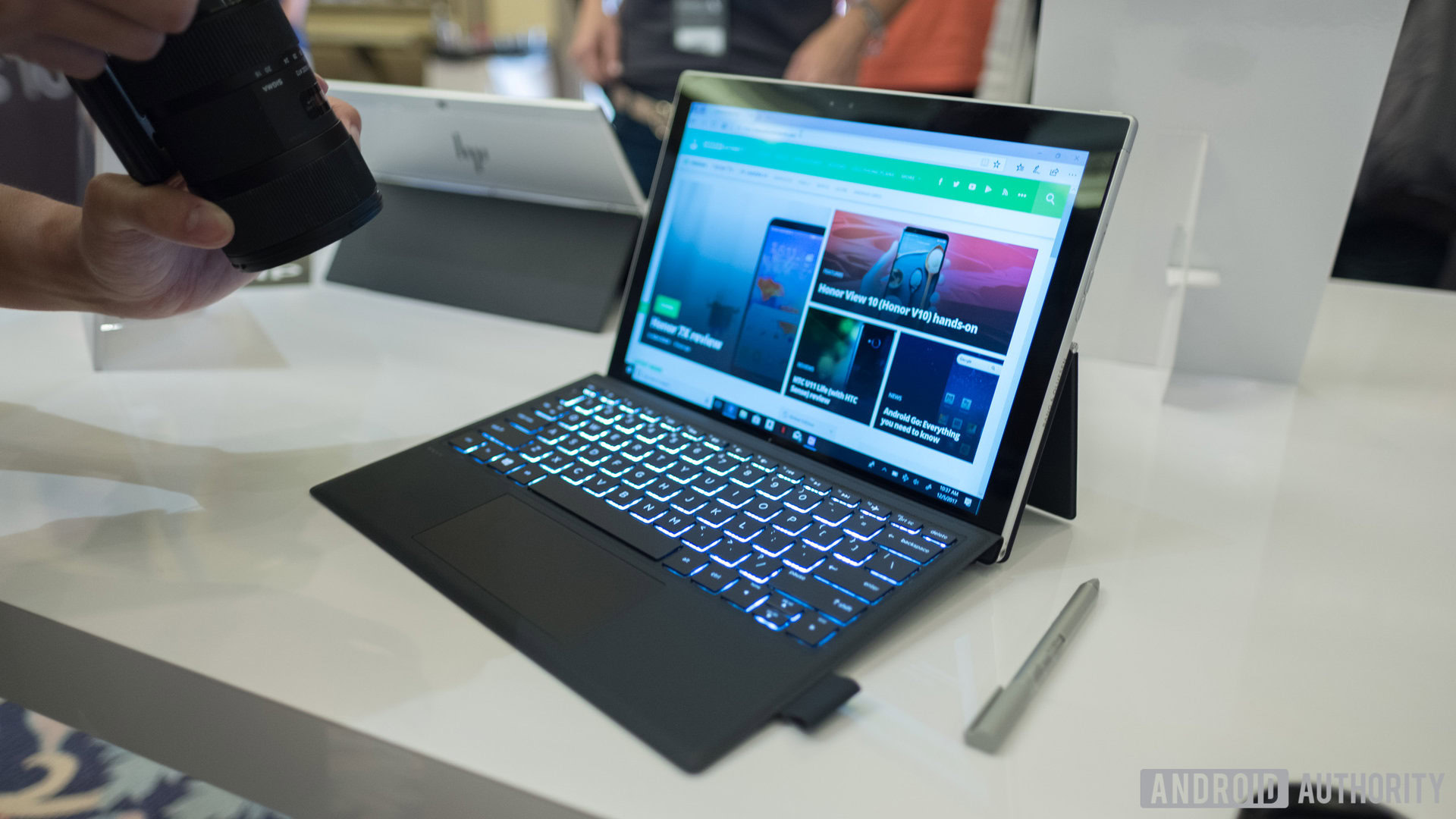
The Surface Pro X certainly isn’t my first trip to the world of Windows on Arm. In between Chromebooks, I’ve occasionally used the 2018 Lenovo Mixx 630 for work on the go. The Mixx 630 is a first-generation Windows 10 Arm 2-in-1 laptop, powered by 2017’s smartphone class Snapdragon 835 processor.
With just 4GB RAM and an older smartphone chip, my initial experience with Windows on Arm was certainly a mixed bag. Early performance was passable, but notably sluggish when running multiple apps. Especially compared to x86 laptops and desktops. Back then, you were also stuck with Microsoft Edge as the only compatible web browser, before Firefox for Arm came along. The broader app ecosystem was also quite poor and x86 emulation performance lagged.
Still, the benefits of multi-day battery life, LTE on the go, and Microsoft’s app suite made the Lenovo Mixx 630 a suitable enough workhorse for my job as a journalist. It served as a decent replacement for my aging Chromebook.
Even on old hardware, Windows on Arm is snappier in 2020 than it was in 2018.
Fast forward to 2020 and the Mixx 630, despite being a few years older, feels like a new machine. It’s actually better now than it was in early 2018. Several key Windows 10 Arm updates notably improved performance, even on this aging hardware. A much wider range of apps run natively, emulation feels snappier, and it’s generally very usable as a light work laptop (except for the awful keyboard, but that’s Lenovo’s fault).
Microsoft’s and Qualcomm’s joint development investment in the Windows Arm platform has certainly paid off. The ecosystem now feels almost as complete as Windows x86. Almost.
Dedicated laptop chips make a difference
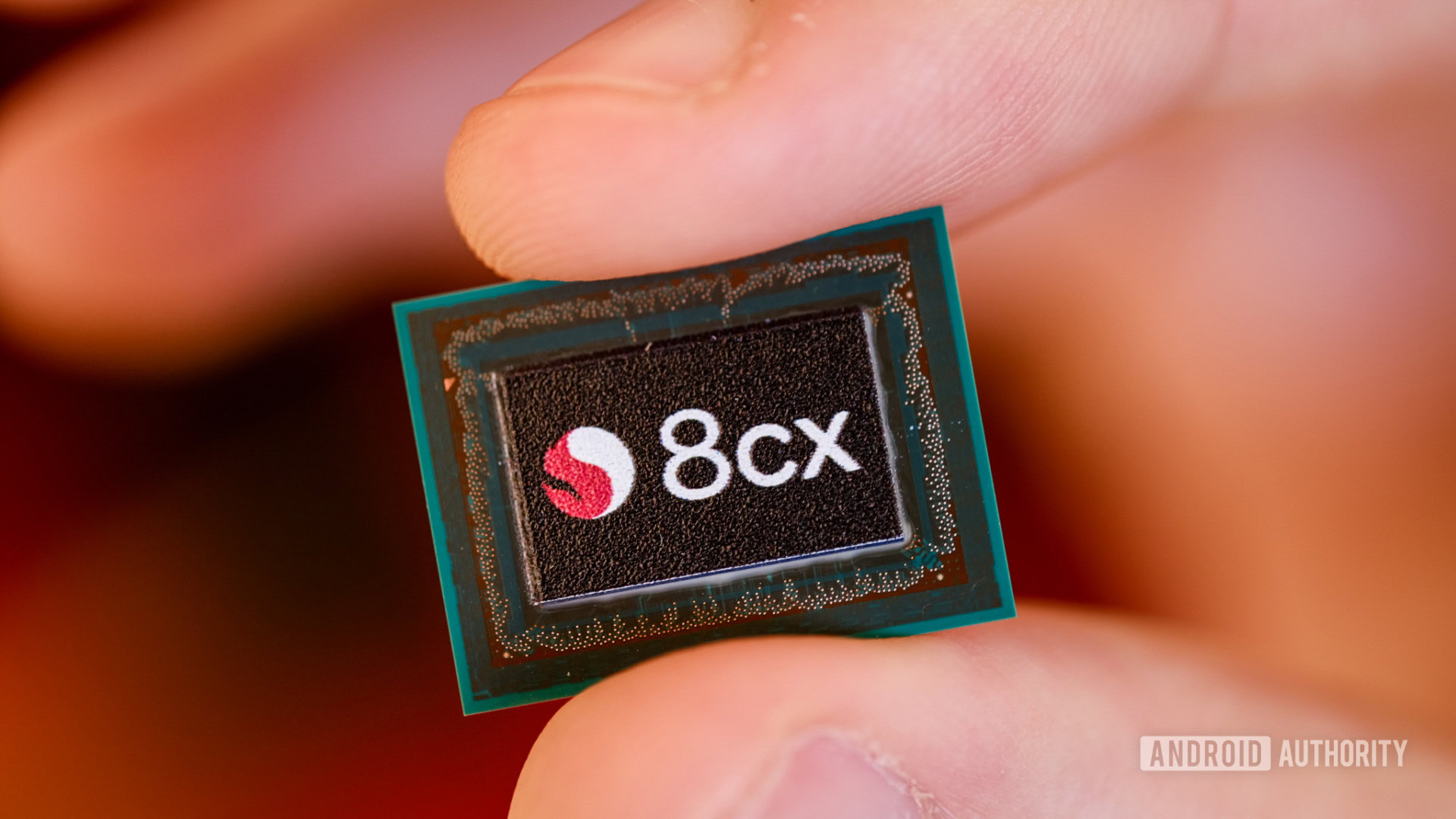
The latest flagship Windows Arm laptop is Microsoft’s in-house Surface Pro X. The Microsoft SQ1 powers the Pro X, which is essentially a Qualcomm Snapdragon 8cx with some custom Microsoft magic.
The Snapdragon 8cx is a dedicated, high-performance Arm chip that you won’t find in smartphones. It’s the follow up to Qualcomm’s first laptop chip, the Snapdragon 850. Performance-wise, there’s a definite upgrade from the 835. Multi-tasking flies, emulation runs great, and older x86 games even run at acceptable frame rates. Handy if you’re partial to a bit of Civ 4.
The drawback of more powerful processing capabilities and higher-end display specs is more limited battery life. While still more than sufficient to get you through a full day or even two on a single charge, the Surface Pro X’s battery life isn’t as good as the old Lenovo Miix 630’s. Even with an Arm processor, there’s a trade-off between premium features and battery life.
The pursuit of higher performance erodes some of the battery gains from moving to Arm.
My work doesn’t put a massive strain on processing hardware and the Surface Pro X is more than powerful enough for document and editing based workloads. The increasing range of native apps means you won’t be short of productivity tools. There’s also Microsoft’s Edge Chromium browser, possibly my new favorite web browser, with native Arm support so you don’t have to wait for Google to finally get around to releasing Chrome support.

Surface Pro X reviews, broadly speaking, haven’t been particularly kind to the device’s lack of support for x64 software. Clearly, journalists reliant on Adobe software won’t contemplate the switch until native support finally arrives. It’s a fair criticism given that Microsoft targets the Surface Pro X at creatives, but I think it misjudges what Windows on Arm devices are supposed to be really good at.
Bringing mobile chips to laptops is done in the name of portability, not peak performance. Windows 10 Arm devices won’t replace power-user workhorse laptops. Instead, they are built to offer long battery life so you don’t have to worry if you forget your charger, and 4G and 5G connectivity so you’re not stuck with Wi-Fi or tethering. Keeping that vision in mind, the Surface Pro X and Windows on Arm perform their jobs as advertised.
Despite its excellent qualities, the Surface Pro X is a tad overpriced, starting as it does at $1,269 once you throw in the keyboard. But Windows Arm laptops in 2020 might hit the sweet spot.
Windows on Arm for the masses in 2020
The Surface Pro X and Snapdragon 8cx are premium tier products. However, Qualcomm announced two new affordable laptop chipsets at the Snapdragon Tech Summit 2019.
The Snapdragon 8c slots in under the 8cx, targeted at products in the $500 to $650 price range. The Snapdragon 7c is an even more affordable option, targeting $300 to $500 2-in-1s it will take on Intel’s Celeron. While performance isn’t as high in these devices, we’re still looking at products more powerful than the Snapdragon 850. Complete with the fast 4G LTE, AI, and even 5G capabilities with the 8c which makes connected PCs an appealing purchase.
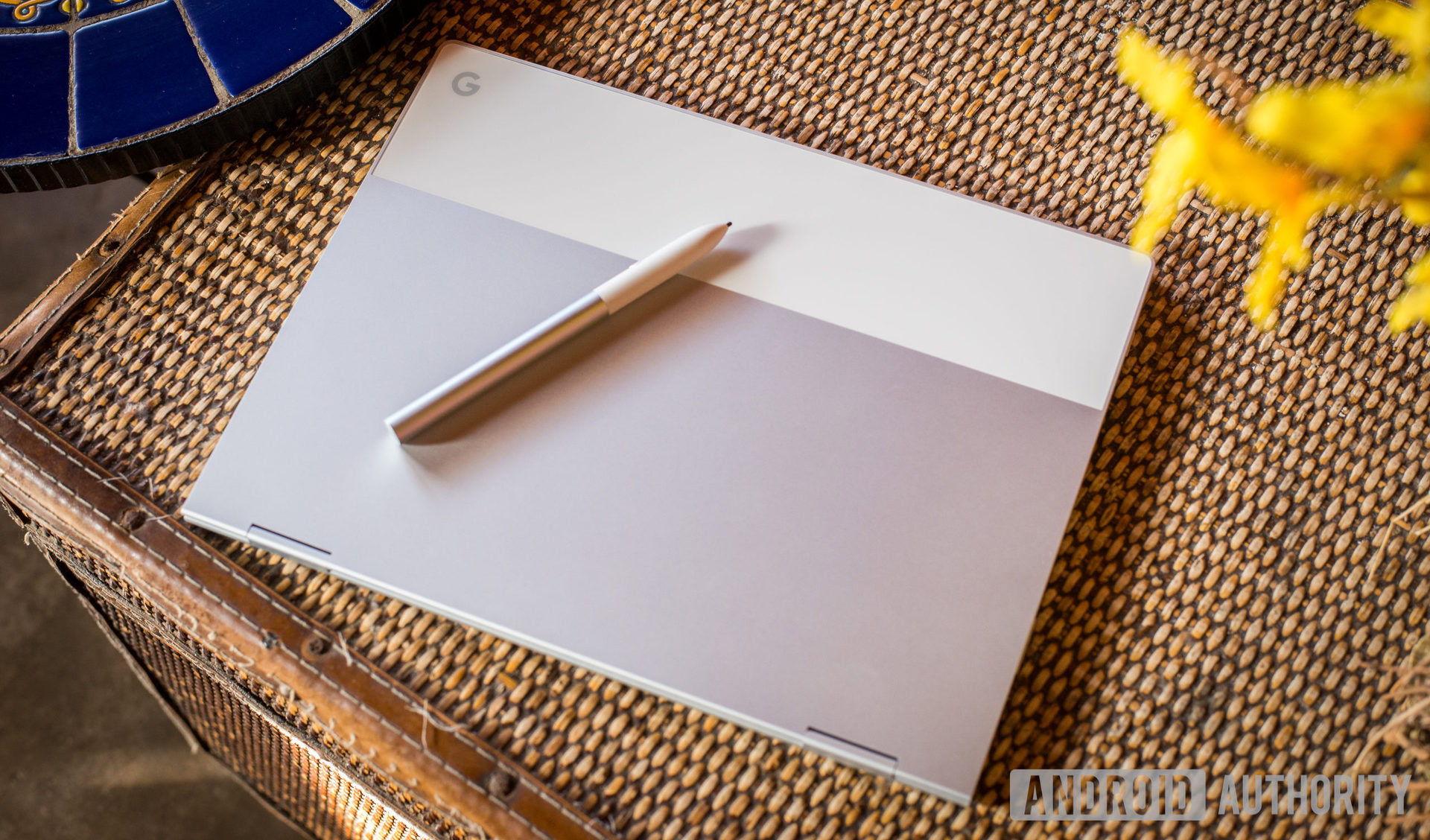
Based on my experience with Windows on Arm capabilities so far, these chipsets feel like a better price point for always-connected PCs. With a full Windows ecosystem of software, prices above affordable Chromebooks are fair. However, with performance falling short of typical $1,000 laptops, Windows 10 Arm products are their most compelling around the $500-$600 mark.
While the Surface Pro X has done a fair job selling me on the idea, current prices don’t offer quite enough value for money for mainstream consumers. With that in mind, I can’t recommend Windows 10 Arm laptops to everyone just yet. Even though the ecosystem is already good enough for prime time, entry is just a bit pricey.
With more affordable devices hopefully appearing in 2020, however, keep an eye on this market segment if you’re in need of a new laptop this year.